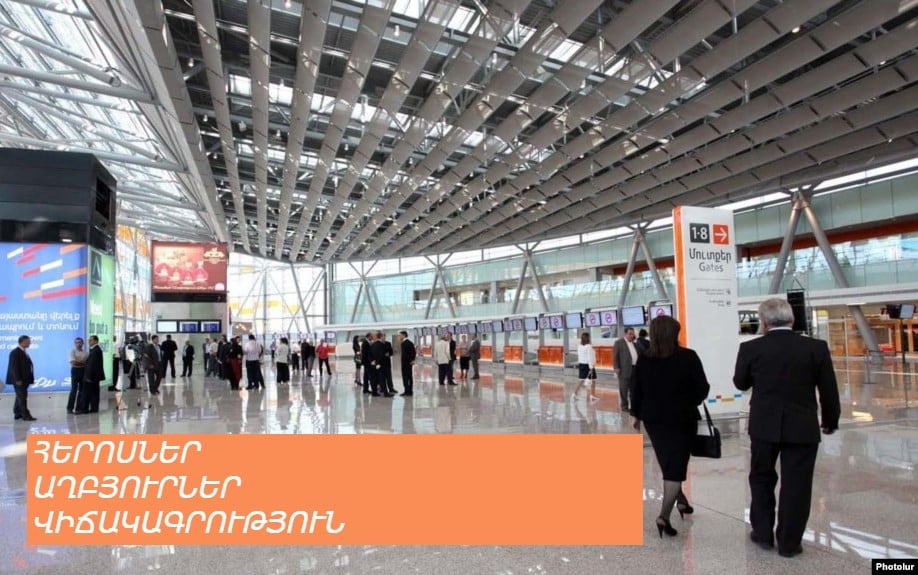People love stories about migration, but it is not always easy for journalists to present the topic in detail, find heroes and data, and analyze and combine them.
Factor.am journalist Satenik Khachatryan and Lori’s Mig TV editor Narine Matevosyan talk about the subtleties and difficulties of covering the topic of migration.
Satenik Khachatryan, Factor.am
On the subject of migration, “Sometimes they say bad words: Indians come in search of a better life, but what do they find?” I prepared the material with difficulty. Although there are many foreign victims, almost all of them avoid making their stories public. Indians came to Armenia in criminal ways, illegally, and that is the main reason for not communicating with the media. They are afraid to be exposed both in Armenia and in their country because if they return, they will be targeted in their place of residence.
It was difficult to find such specialists who studied migration issues related specifically to Indians. As a rule, the ideas are general, but I managed to find a specialist who is familiar with various situations and cases related to Indians.
The characters refused to appear in the footage, we had to shoot in places where there were Indian students, near the hostels, and near the educational institutions. The attitude towards being videotaped was different, for some it was not a problem, because they were in Armenia for the purpose of education and legally, while some of them clearly avoided the camera.
In the material, we present how the rights of Indians are violated in Armenia, and to substantiate this, we sent applications to the power structures for information. Either they didn’t answer our question or they gave answers that essentially don’t say anything at all. It becomes impossible to develop the topic, and we find ourselves at a dead end.
In general, it is difficult to create content on the topic of migration, but they are always interesting for the audience, and people share and comment. This video has over 100,000 views.
It would be good if the Migration Service of Armenia has and provides videos to the media, even if they are of a general nature, though it’s worth noting that the service is willing to provide the data.
Narine Matevosyan, Lori’s Mig
Armenian migrants who arrived in Armenia from other countries do not speak in front of the camera at all. They are honest about the problems they had to go through only when they are recorded out of the frame. It is important for us to build the story with real characters, from this point of view it was easy to work with the Russians who moved to Armenia, more specifically to Vanadzor, as a result of the Russian-Ukrainian war.
They talked about the political motivations of the move in front of the camera and tended to cooperate closely with the media. We presented their stories, trying to be useful in finding affordable apartments, a job, and easy orientation in other matters.
We realized that their presence could bring economic benefits to our small town, and we wanted to help with our advertisements. They gave active interviews and talked about their political views.
However, after some time, they refused to work with journalists and did not allow us to film the Armenian language training course, which was intended for Russians who moved to Armenia.
They explained to us that some journalists exaggerated the stories prepared about them, and they decided not to work with Armenian journalists.
We have had no shortage of statistics on migration. The Migration Service of Armenia is open to providing any information. The course organized by the Media Initiatives Center gave journalists the opportunity to get to know the heads of other departments of the service.
To present the topic, we have basic knowledge, we can work with different data and understand their methodology and characteristics.
It was also important to understand the terminology of the presentation of the topic, and the means of expression. It will help to do more in-depth materials in the future, especially analyses, to start differentiated searches on the topic, and to present stories from different perspectives.
Gayane Asryan







